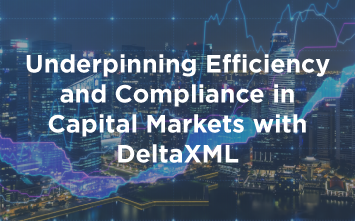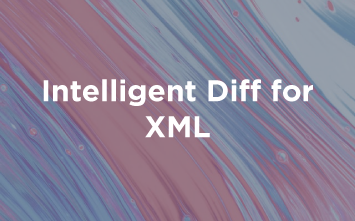Conference Paper
CALS table processing with XSLT and Schematron
CALS tables are used in many technical documentation standards. There are OASIS specifications for CALS tables which include a number of semantic rules to ensure table validity. This paper reports on some of our experiences with CALS table processing and validation.
Ridding the world of bad tables
We have experimented with a number of new XSLT features when addressing performance issues when comparing tables. In addition to processing tables, we wished to improve the quality of CALS tables that we would meet and which our users/customers would produce (we wished to rid the world of bad tables!). For this we have used schematron to check and report the validity of tables in a user-friendly way. We met a number of obstacles and reported on these and our solutions (‘work-arounds’) in this paper.
Download this Conference Paper to:
- Understand the difficulties faced when comparing CALS tables.
- Review various methods using XSLT on how to process CALS tables.
- Learn how we can improve CALS tables using schematron processing.
“The optimisation work with iterators and accumulators discussed here have provided dramatic performance improvements…”
Related Media

Customer Story
Underpinning Efficiency and Compliance in Capital Markets with Scribestar
By using DeltaXignia’s DITA Compare solution, Scribestar were able to create an intensive platform that helps those in the legal profession process and review large and complex documents.

Presentation
Creating Profitable Products Based on Difference and Change
Presented at Tekom 2020, Product Director Tristan Mitchell demonstrates how to create additional revenue around your document-based products by providing value-add to your customers.

White Paper
Intelligent Diff for XML
Most corporate and institutional XML data is in constant flux, undergoing regular updates and transformations. By understanding and harnessing the evolution of their data, organisations can drive more informed decision-making and maintain a competitive edge.

